With just over half of UK shoppers planning to donate to their local instore food bank collection point this winter, Grocery Gazette investigates the crucial role supermarkets play in helping food banks and why consumer donations are more important than ever.
As the manager of Bradford Foodbank, Josie Barlow has seen the significance of food banks change dramatically over the last few years.
“Someone who came to the food bank recently told me that even buying milk is a luxury now,” says Barlow, who has seen a “huge increase” in people using the service since last year. “So many people are struggling with bills and food prices.”
The number of people relying on emergency food parcels shot up during Covid and has never returned to pre-pandemic levels. Some 1.3 million emergency food parcels were given out by the Trussell Trust’s network of food banks between April and September this year, an increase of more than 50% compared to 2019 – a figure which is expected to climb even further over as many households are forced to choose between ‘heating or eating’ over the coming months.
While faced with this surging demand, Barlow says that public food donations have also dropped, leaving stock levels “very low” as the festive season gets underway.
Food banks are ‘at breaking point’
The challenges faced by Bradford Foodbank are by no means unique. The same story is being played out in schools, church halls and community centres across the UK as soaring inflation – which hit a 41-year high of 11.1% just last month – eats away at household wages, while energy and food prices continue to soar.
According to Neighbourly, more than half of food banks have seen a drop in donations as families prioritise saving money on their own weekly food shops during a cost-of-living crisis in which more than a quarter of all UK households say they are ‘struggling financially’.
The Trussell Trust expects to hand out more than 7,000 emergency food parcels a day over the coming six months.
“Faced with the perfect storm of rising energy prices, inflation and a potential recession that is pushing people deeper into poverty, the soaring cost of living is driving a tsunami of need to food banks,” said CEO, Emma Revie.
The charity has seen demand outstrip donations to such a degree that it recently launched its first ever emergency appeal, warning that food banks are at ‘breaking point’ as it prepares to spend millions of pounds on charity food parcels this winter alone.
Why supermarket help is ‘crucial’ to food bank survival
Helping households stay afloat during the rising cost of living is a key priority for grocers, which are themselves battling to keep prices as low as possible in a bid to attract shoppers as inflation continues to creep skywards.
Supermarkets have responded to the ongoing crisis in a number of different ways, from Tesco’s emergency £1m support package for food banks and frontline charities to the Co-op pulling its multi-million Christmas TV ad in order to focus on affordable community food projects.
On a more day-to-day basis, supermarkets also work closely with the nationwide network of food banks and support groups which now form a crucial part of the UK’s grocery landscape.
While individual stores often have strong relationships with local food banks, supermarkets also work centrally with national organisations such as the Trussell Trust, Neighbourly and FareShare to help coordinate donations and send food and toiletries where they are most needed.
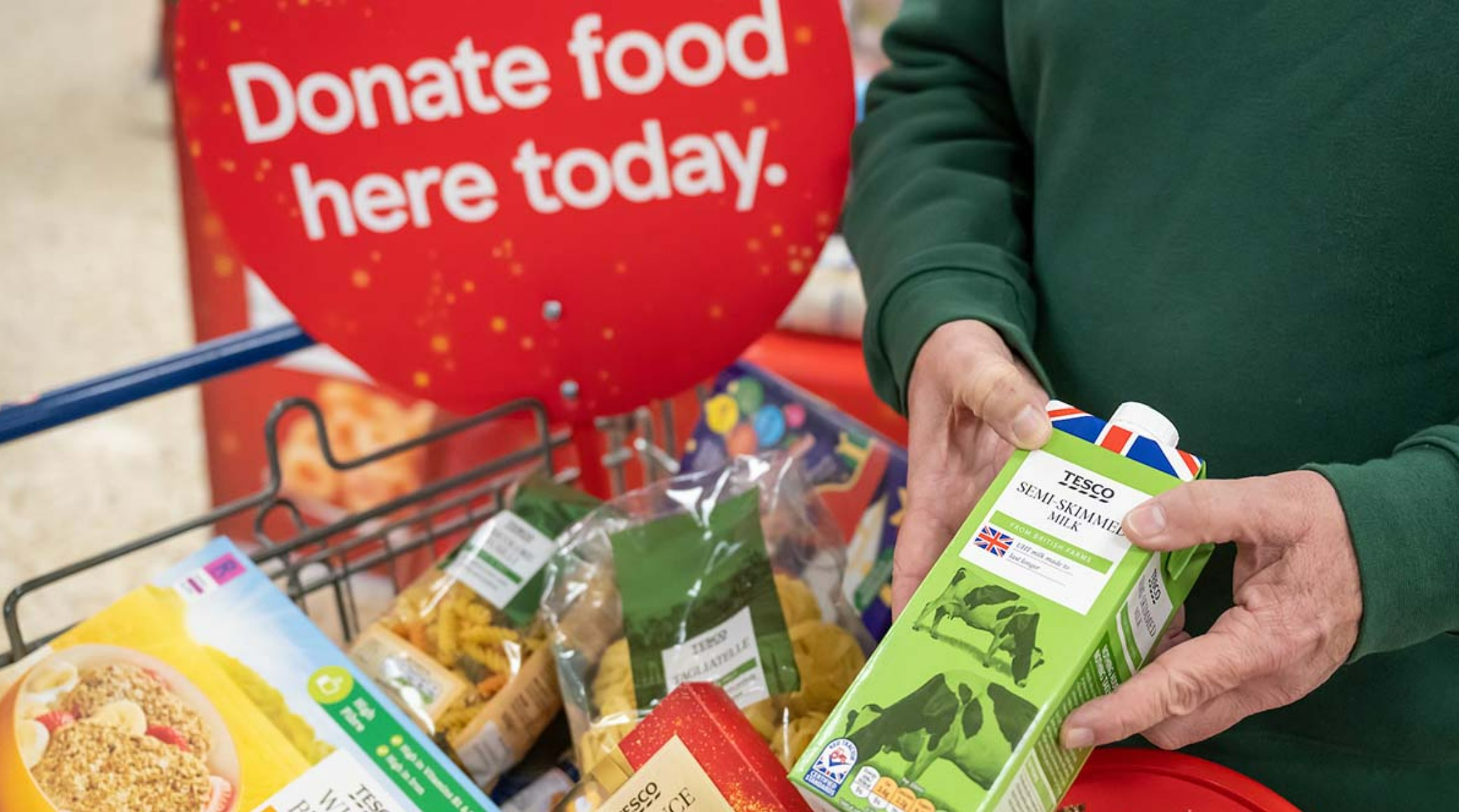
Tesco’s ten-year relationship with The Trussell Trust has paved the way for the successful supermarket donation partnership model.
Supermarket food donations primarily come from either instore collection points or surplus food redistribution schemes (which of course also reduce food waste, killing two proverbial ESG birds with one stone). But it’s the instore collection points which are the consumer-facing frontline for food banks and have become the focus of the emergency winter appeals which have launched this year, for the first time ever.
“The generosity of supermarkets and their customers are crucial to the success of our food banks,” says The Trussell Trust head of corporate partnerships Sophie Head.
“Without their support, we wouldn’t be able to give out so many emergency food parcels or help so many families during what is likely to be the most challenging winter we have ever faced.”
As the UK’s largest food bank network, The Trussell Trust works with more than 1,300 local food banks, providing vital support to families at crisis point. It has long-established national partnerships with Tesco, Asda, Morrisons, Waitrose and Sainsbury’s.
Now in its tenth year, Tesco’s relationship with The Trussell Trust paved the way for the supermarket partnership model, with the instore grocery collection points providing a simple but effective way for consumers to help families in need within their local community.
It also introduced the cash top-up model, which sees the supermarket donating 20% of the value of all instore donations directly to the Trussell Trust. Now adopted by both Asda and Waitrose, the top-up ensures that the supermarket giants don’t profit from shoppers’ generosity while also helping support food banks with mounting operating costs.
“The supermarket support model is a really sustainable and efficient way of ensuring local food supply while also minimising our need to invest in transport or storage infrastructure – which means we can invest more in the long-term issues,” says Head.
“We are extremely grateful for the invaluable support the supermarkets have offered to us in recent years – their partnerships offer us far more than just food.”
How is the cost-of-living crisis affecting instore donations?
Relying solely on the generosity of shoppers, instore food donation points have seen more than their fair share of action over the past few years. Established instore for over a decade, the containers – typically situated just past the checkout – saw donations surge during Covid as customers responded to the increase in need by making donating a part of their weekly shop.
But are consumer-led donations to instore collection points being affected by the current cost-of-living crisis? Grocery Gazette partnered with tech research data and insights platform Premise Data to find out more about the impact of the current financial downturn.
What we found was encouraging. Just over half of UK shoppers (53%) said they had donated to a food bank using an instore supermarket collection point in the past, with a similar number (56%) planning to donate to during their weekly shop at some point this winter.
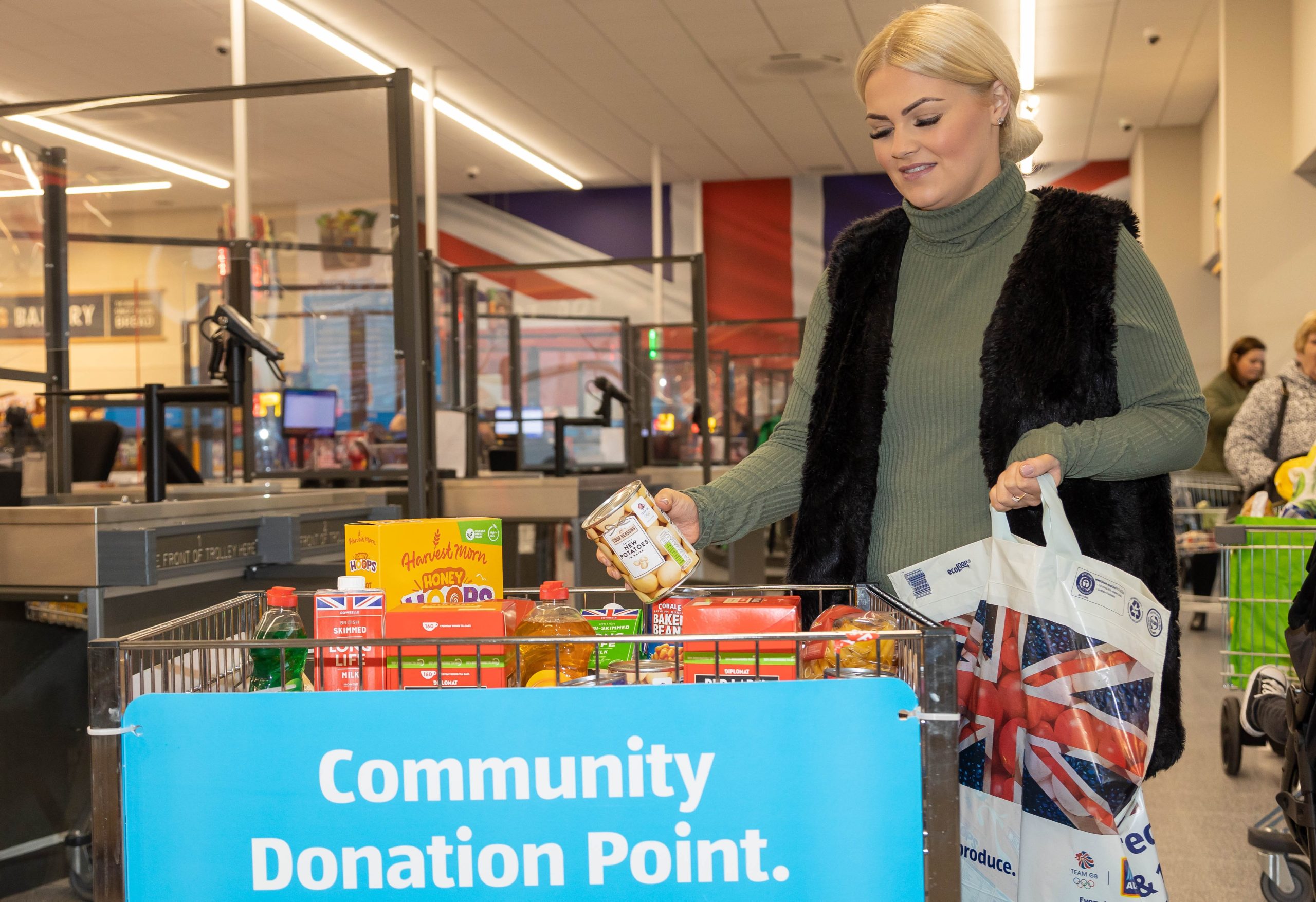
Aldi supported local food banks by calling for more donations with its Emergency Winter Fund this Christmas.
Of those shoppers that have donated in the past, half (50%) continue to do so less than once a month, suggesting that their donations are not yet habitual. Just over a quarter (27%) make their donations monthly, while the remaining 23% donate either weekly or fortnightly, suggesting that dropping off additional purchases is an established part of their regular shopping routine.
A clear majority of those donations (68%) were typically worth between £1 and £5. A further 14% donated goods worth between £5 and £10, while just 6% donate goods worth more than £10.
The cost-of-living crisis has seen shoppers hunting out bargains and shopping around as they look to save money on their own household costs. These cutbacks have been applied across the board, with just over a third (34%) of those who donate food doing so less frequently than before. However, almost half (47%) have donated roughly the same number of times, while 20% have actually donated more often as they respond to the rising need.
The value of those donations has stayed roughly the same, with more than half (57%) making donations worth roughly the same amount. Just under a quarter (24%) admitted they were spending less on their donations than they were before the cost-of-living crisis took hold, while 19% said they had increased the value of their donations.
However, while donation levels have held largely firm, the soaring rise in demand has seen food banks calling for additional help as they struggle to support families in need.
How can supermarkets increase instore donations?
Convincing consumers to begin making donations in the middle of an economic downturn – or to donate more than they do currently – may sound like a big ask. But for many, simply remembering to buy something to donate in the first place is the main sticking point.
When asked what supermarkets could do to help increase food bank donations almost half of all respondents (45%) said that putting the collection point in a more prominent position would encourage them to make more instore donations.
A similar amount (44%) said that clear, visual reminders of what is needed at the local food bank would be helpful, while more than a third (35%) said that advertising at key locations around store would remind them to pick up the additional items.
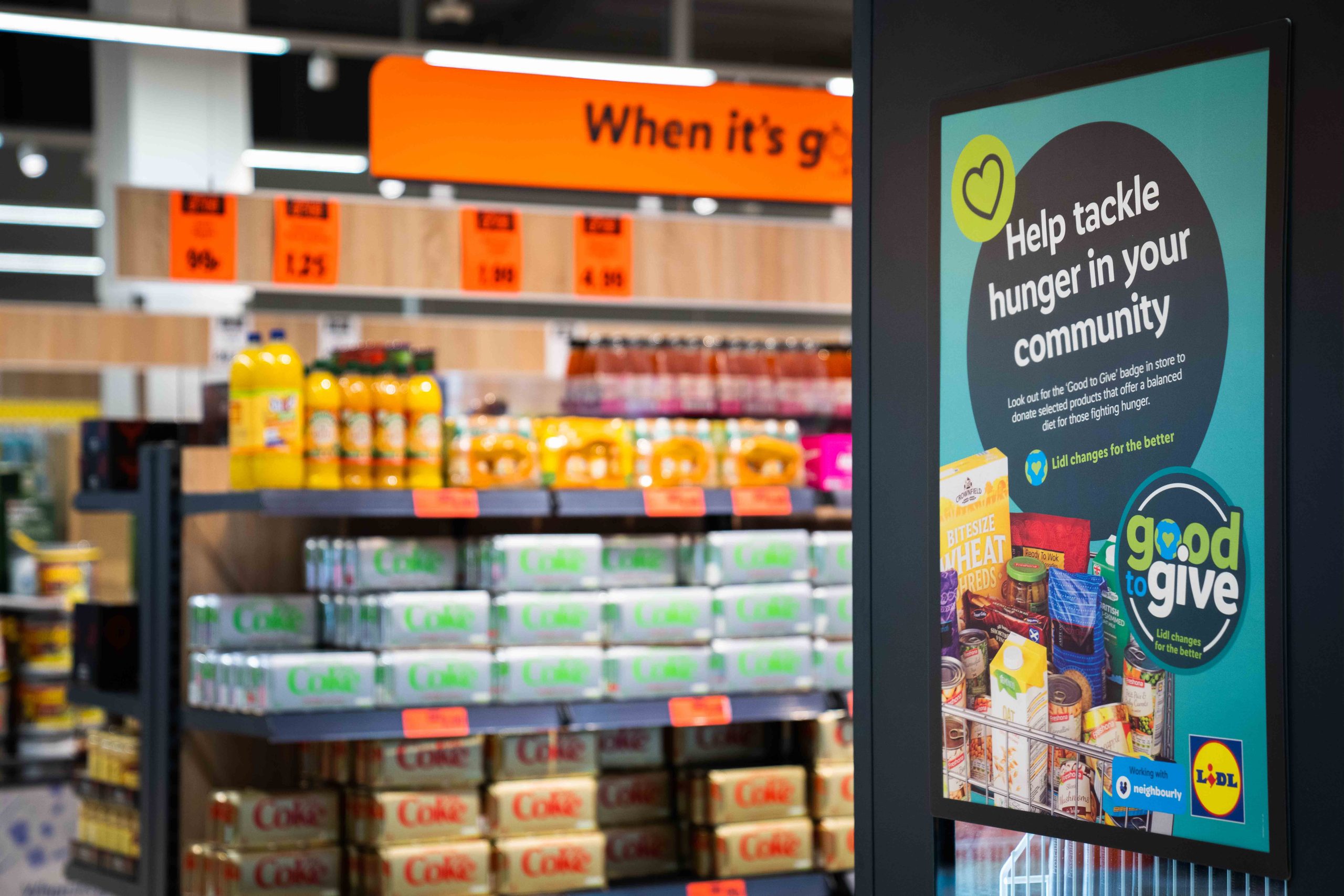
Lidl GB launched the ‘Good to Give’ initiative to increase food bank donations and ensure “good food is accessible to everyone”.
Less than one in five people (17%) said there should be no additional signage or call to action as they don’t want to feel pressured to donate, while slightly less (16%) would be happy for checkout operators to ask for donations.
Careful tracking of what is donated allows the Trussell Trust to measure the effectiveness of instore promotional activity, with supermarkets often marketing their instore collection points in different ways throughout the year.
“How grocers choose to promote their donation points does make a big difference,” says Head.
“At certain times of the year some retailers proactively use their comms to encourage people to donate – they might have signs in the aisle highlighting items we need or have people at the front of the store reminding people and handing out lists, as with Tesco’s winter food collection.
“Using their huge reach to encourage people means we always see a big increase in donations over that time.”
Ensuring the collection points are as visible as possible has another key benefit, according to Head, who says “a lot of people only know about their local food bank because they’ve seen a collection point instore”.
“That is their introduction to understanding that maybe there are people in the local community who can’t eat – but if I donate this tin or this pasta it will go to feed a family close to me this week. Starting people on that journey is so valuable for us.”
So with food banks reporting a spike in donations when supermarkets actively promote their instore collections, do supermarkets have a responsibility to ensure donation points are more visible instore?
Our data shows that the majority of shoppers do want to help out if they are financially able do so, with almost half calling for more prominent collection points and instore advertising to remind them to donate during their weekly shop.
With millions of people in the UK currently relying on emergency food banks to feed their families, supermarkets are already stepping up to help those most in need. But the figures don’t lie, and with demand outstripping donations it is clear that something more needs to be done.
In the next special Grocery for Good report we will be looking at which grocers are currently making the most impact as we rank the national supermarkets and highlight the valuable work they are doing to help those most in need.

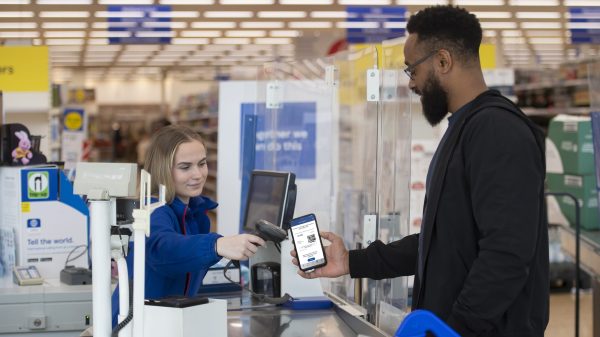
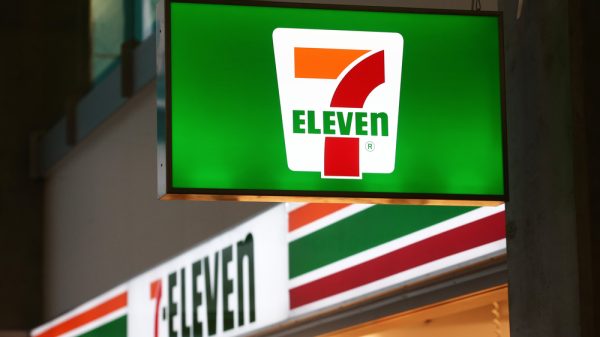
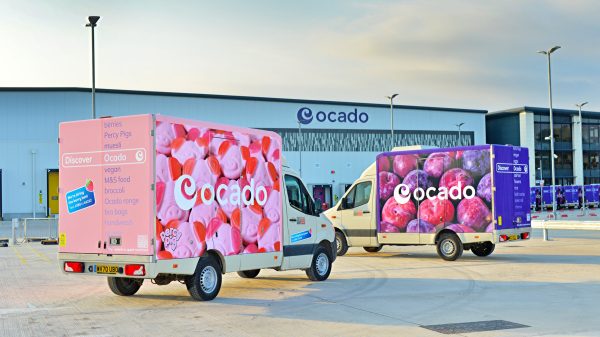

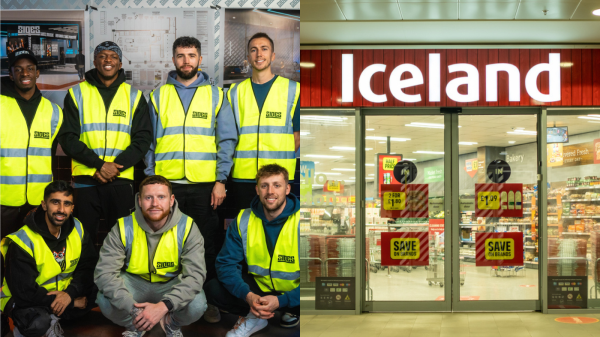



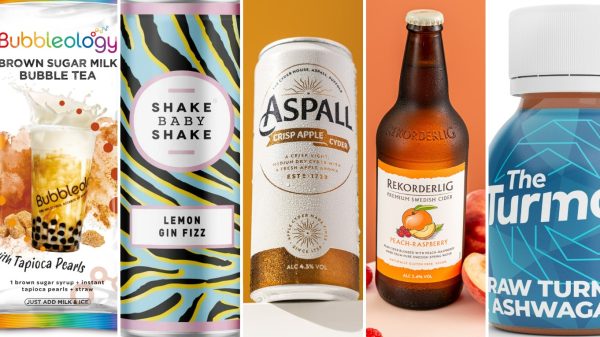

1 Comment. Leave new
I’m still donating.As I made a promise to myself that I would donate a meal once a month.After my pension was paid.When I retired.